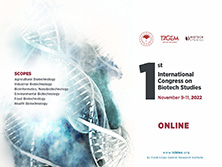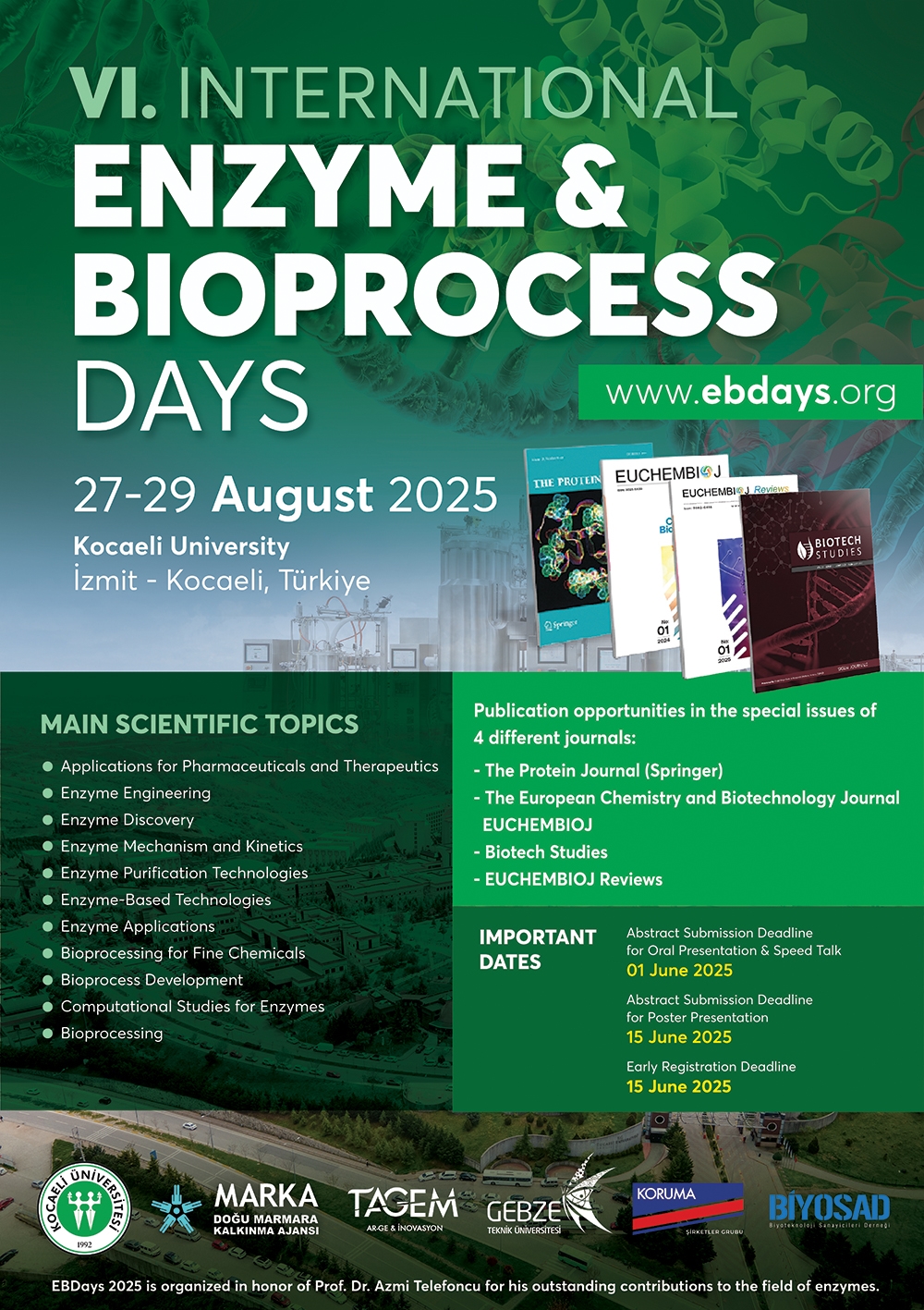Biotech Studies
2022, Vol 31, Num, 1 (Pages: 017-027)
Expression of immune-related gene from African mud catfish Clarias gariepinus reared in bioflocs systems after Aeromonas hydrophilia infection
2 Aquatic Environmental Biotechnology & Nanotechnology Division ICAR-Central Inland Fisheries Research Institute, Indian Council of Agricultural Research, Barrackpore, Kolkata-700 120 West Bengal, India DOI : 10.38042/xx.xx - The influence of various carbon sources as bioflocs on relative immunological gene expression, haematology, growth, and microbial community in Clarias gariepinus juvenile culture is investigated in this study. The bioflocs groups (four) were created by daily supplementation with four carbon sources (cassava peel, tapioca, wheat offal, and brewery waste) with a carbon-nitrogen ratio of 20 and the control without carbon addition. The juvenile Clarias gariepinus (8.16 ± 0.2 g) was stocked into each bioflocs system and reared for 72 days. The results revealed that the water quality parameter and survival rate differed significantly across the treatments. The microbial community revealed that there were differences in bacterial intensity and diversity among the various culture systems. The haematological parameters between the treatments showed a significant difference p<0.05 in the challenged test. qRT-PCR was used to assess immune-related gene expression, and four immune genes (IL-10, TNF-α, TGF-β, IL-1β) were shown to be increased. As a result, the bioflocs system can be considered to boost innate immunity and immune-related gene expression. Overall, this research found that using bioflocs technology can help with immunostimulation, and that the effect is independent of the organic carbon utilised to keep the fish alive. Keywords : Immune gene Haematology Bioflocs Clarias gariepinus Carbon nitrogen ratio
















